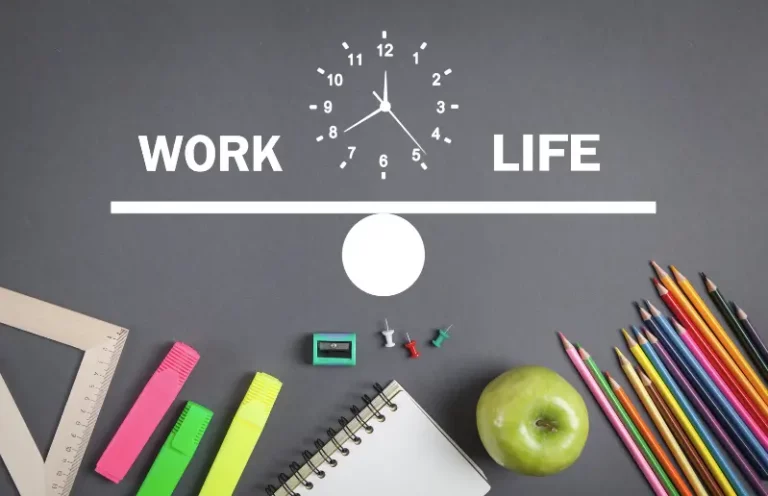In the Digital Age: Essential Strategies for Sustained Wellbeing
In the digital age, the boundaries between work and personal life have increasingly blurred, presenting new challenges in maintaining a healthy work-life balance (WLB). As more people find themselves telecommuting or managing flexible schedules, the need for effective strategies to achieve a sustainable balance has never been more critical. This article delves into practical ways to master work-life balance, leveraging the latest insights and technology to enhance overall wellbeing.
The Importance of Work-Life Balance
Work-life balance is essential not only for personal happiness and health but also for professional efficiency and success. Poor work-life balance can lead to burnout, reduced productivity, and a myriad of health issues, both mental and physical. Achieving a good balance means managing work responsibilities alongside personal interests and obligations, without allowing one to overwhelmingly encroach upon the other.

Strategies for Achieving Work-Life Balance
- Set Clear Boundaries: In a world where work can follow you everywhere via smartphones and laptops, it’s vital to establish clear boundaries. Define work hours and stick to them, and communicate these boundaries to colleagues and supervisors to ensure they are respected.
- Embrace Flexibility: Use the flexibility that digital tools provide to rearrange your schedule for better balance. This might mean starting earlier or later to accommodate personal activities or family time.

- Prioritize Tasks: Utilize task management tools to prioritize work based on urgency and importance. This helps in reducing the feeling of being overwhelmed and ensures that key personal and professional responsibilities are addressed.
- Leverage Technology for Efficiency: Use productivity tools and apps designed to streamline tasks and manage time effectively. From calendar apps that sync your professional and personal commitments to project management tools that help keep track of deadlines and priorities, technology can significantly aid in maintaining a balanced life.
- Regular Breaks and Downtime: Schedule breaks and respect them as you would a work meeting. Regular breaks enhance focus and productivity, while dedicated downtime helps in mental and emotional recovery, which is essential for long-term success.
Real-Life Applications and Examples
- Remote Work Environments: Tools like Slack or Zoom can help in maintaining communication and collaboration while respecting work-life boundaries by allowing for “do not disturb” modes during off-hours.

- Personal Wellbeing Apps: Applications like Headspace or Calm offer guided meditations and mindfulness exercises that can be incorporated into daily routines, enhancing relaxation and stress management.
Implementing Work-Life Balance with PeakMet
PeakMet offers a range of tools that can facilitate better work-life balance:
- For Businesses: Implementing PeakMet can help in tracking employee work patterns and identifying potential burnout risks. It can also assist in redistributing workloads effectively to ensure no one is overwhelmed.

- For Individuals: PeakMet can be used to schedule tasks, set reminders for breaks, and even suggest optimal times for work and rest based on personal productivity patterns.
In conclusion, mastering work-life balance in the digital age requires a combination of personal discipline, strategic use of technology, and ongoing adjustments to work habits and tools. Platforms like PeakMet can play a pivotal role in achieving this balance, providing the support needed to manage both personal and professional commitments effectively. By focusing on strategies that enhance efficiency and foster wellbeing, individuals and organizations can achieve a healthier, more productive work-life dynamic.


